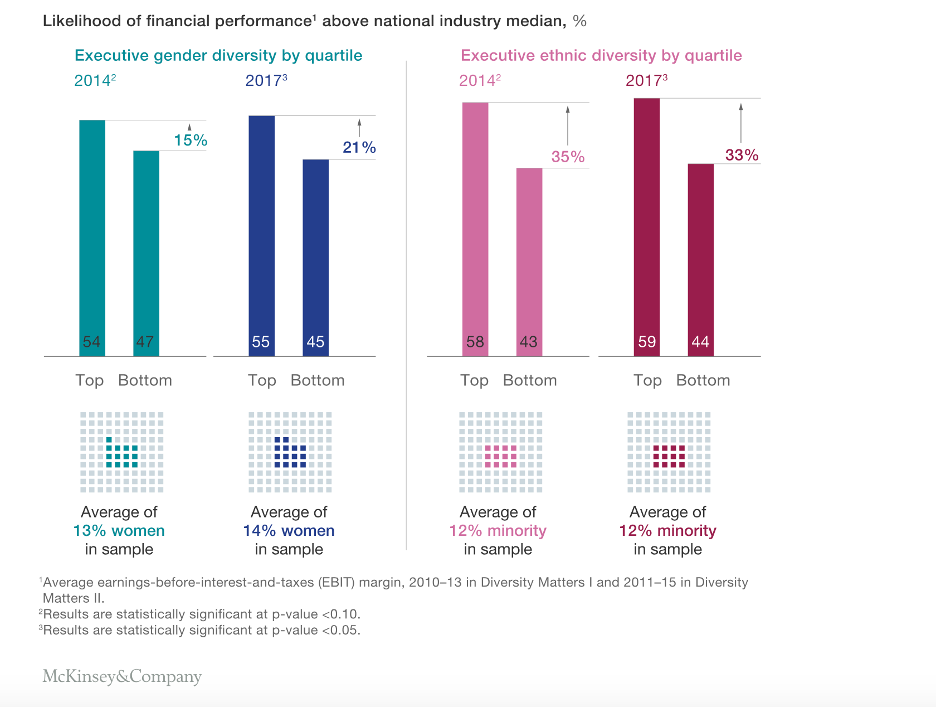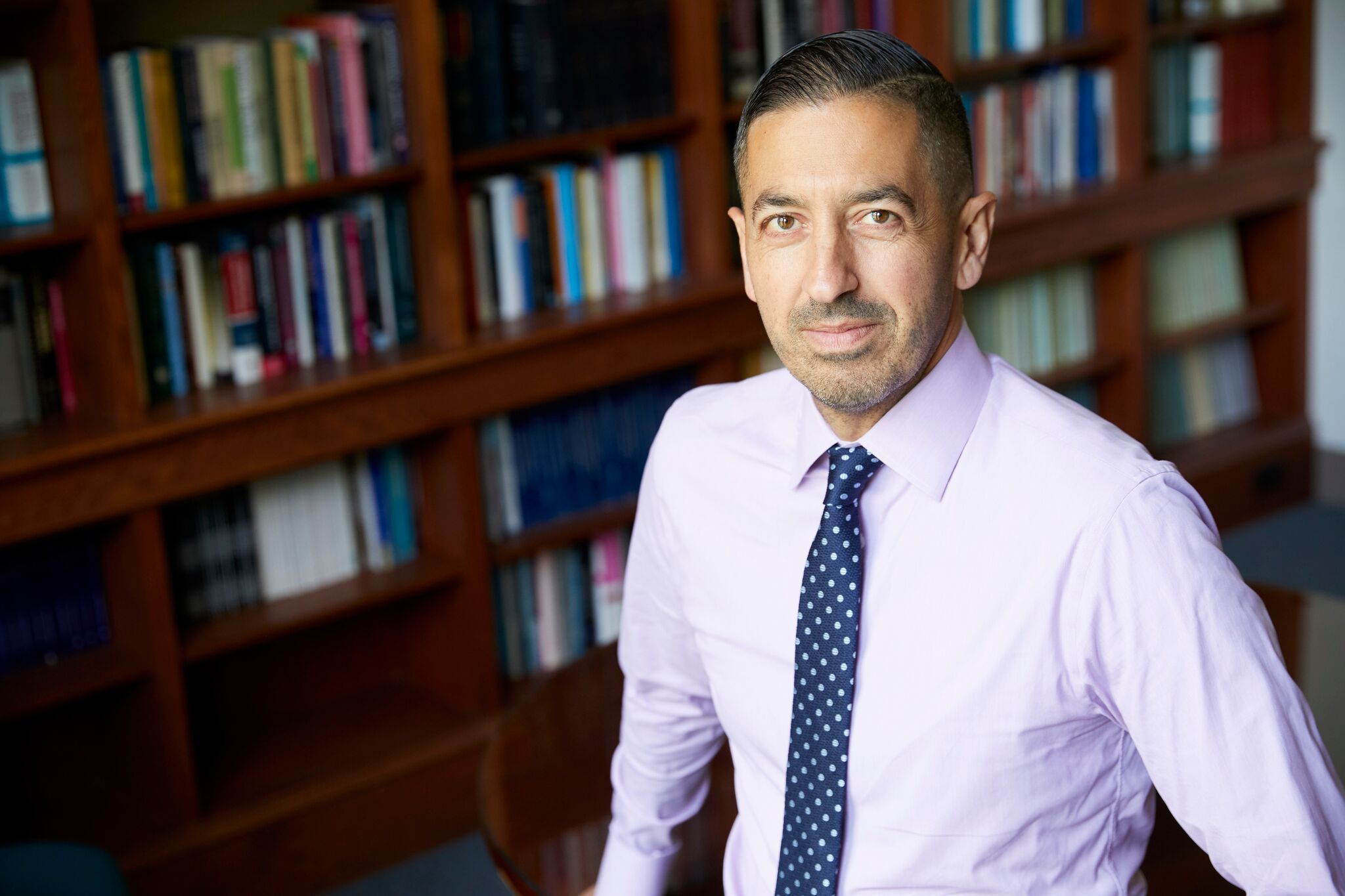This piece was first posted on Substack. To comment, please go there.
In April, United Airlines pledged to train 5,000 new pilots by 2030 with the intention of no less than half of these new students being women or people of color. With this announcement came pushback, informed by a common objection to diversity and inclusion efforts, one which extends all the way back to the start of debate around initiatives like affirmative action. The objection is that, in seeking to make greater room for historically underrepresented groups, we risk elevating concerns about identity over a commitment to excellence, to bringing in the best people regardless of skin color, sex/gender identity, or other characteristic which has led to past marginalization. These concerns were particularly potent with regard to the airline industry, where anything less than excellence in the cockpit could put lives at risk.
United’s pledge aligned with ongoing, and welcome, efforts to promote greater diversity and inclusion within organizations. This has been a long time coming, and is something that I have cared about throughout my career. When I first started my time at BU School of Public Health, working with Dean Yvette Cozier we articulated an 11-point agenda for diversity and inclusion at the school. The idea that we should be centering some of these concepts was unusual enough at the time that it was often parodied in right-leaning media. Today, the ideas in the original 11-point plan, since updated regularly are uncontroversial and in fact entirely of a piece with many such plans in institutions throughout the country.
Yet, as the elevation of diversity and inclusion have become a part of the fabric of more and more institutions, we are hearing more frequently the objection that diversity and inclusion are in conflict with excellence, undermining the meritocracy which sustains effective organizations. This has implications for health. Building a healthier world depends on the pursuit of excellence within a range of organizations, from academia, to government, to the public health infrastructure. As this necessity intersects with the growing embrace of diversity and inclusion within these bodies, it is important not to shy away from engaging with objections to this focus. For our institutions to be strong enough to support health, those working within them must be able to respond to this contention. With that in mind, I share a few thoughts about the supposed conflict between excellence and our pursuit of diversity, and this pursuit’s broader implications for health.
It is first worth asking: what are the practical effects of diversity within organizations? There is abundant literature on this point, but perhaps just to simplify the chart below, from a 2017 analysis by McKinsey & Company, makes the point simply. Companies in the top quartile for gender diversity on their executive teams were, in 2017, 21 percent likelier to enjoy financial performance above the national industry median. Companies in the top quartile for ethnic diversity on their executive teams were 33 percent likelier to enjoy such performance.

Source: Hunt V, Yee L, Prince S, Dixon-Fyle S. Delivering through diversity. McKinsey & Company Web site. https://www.mckinsey.com/business-functions/organization/our-insights/delivering-through-diversity#. Published January 18, 2018. Accessed May 10, 2021.
These data support what is, to many of us, intuitive about greater diversity in organizations: it is a positive influence. Diversity means more potential for new ideas and approaches—the lifeblood of any dynamic group. It can also help reduce the groupthink that can result in missteps. If everyone thinks the same, no one is in a position to raise the alarm when the group is moving in the wrong direction. Diversity can help ensure that there will always be, within groups, perspectives which fall outside the majority, which can help keep an organization from falling prey to the blind spots that can inform poor decisions. Imagine, for example, two ships. On one ship, the crew lacks diversity, with all the sailors sharing a similar background and philosophy of the sea. On the other ship, there is true diversity, with a crew composed of sailors from different backgrounds and with different perspectives. On the first ship, there is unanimity about the choice to move in the direction in which they are headed, with the whole crew agreeing it is the right course. Unfortunately, the whole crew is wrong. They sail into a storm and sink. The other ship was also briefly headed towards the storm, but because of its diversity, there were a number of sailors onboard who questioned their initial course. After a brief debate, in which everyone was included, the crew decided to change course, avoiding the storm and eventually arriving safely at their destination. Diversity saved their voyage.
I should pause here to note how this story helps define both diversity and inclusion, two words which are often used together. Diversity is the presence of people of different backgrounds, perspectives, and identities in a given space. Inclusion is their full participation in whatever is happening in that space. For example, the second ship was diverse because it had many people of different backgrounds as part of its crew. It was inclusive because all of these people were engaged in the conversation about where the ship should go. Diversity is always a worthwhile goal, but unless it is a prelude to inclusion, it cannot fully support spaces where people of different backgrounds can come together and flourish.
The story of the ship, and the data supporting diversity’s salutary effect on organizations, reflect how, far from undermining excellence, diversity and inclusion are actually core to supporting it. Expanding on this, the following three points help support, I think, a vision of diversity and inclusion which is central to advancing the excellence necessary for building a healthier world.
First, much depends on how we choose to define “excellence.” Certainly, there are some cases where excellence must be quite narrowly defined. For the pilot, for example, excellence means being able to consistently provide a safe flight for passengers and crew, and there is no getting around this definition. However, in other contexts, there is ample room for rethinking our definition of excellence. Consider, for example, the field of rocket science. In many respects, excellence is quite specific in how it supports this field. The equations which send a rocket into space are not subject to different forms of interpretation, and there is no margin of error in their use. However, there is much room for diversity of thought as it relates to the type of rockets used and setting their potential destinations. Likewise, returning to the example of the ship, the key contribution of diversity was not in trying to rethink the way boats work, but in envisioning a new, better direction for the voyage. When excellence is defined in these terms—as a still-meritocratic pursuit, but one which is less bound by settled habits and conventional wisdom—it can help our endeavors reach new heights.
Second, just as we can be well-served by reimagining our notions of excellence, we can also benefit from rethinking just what we mean by diversity. We often find ourselves stuck with a narrow conception of what diversity looks like. In some ways, this habit of thought reflects something very positive. Much of our contemporary pursuit of diversity is founded on the acknowledgement that, for generations, paths to success were closed to people from certain groups, due to factors of identity. That we are now engaged in a project of trying to correct this injustice is very much to the good. However, confusion can arise when the impression is drawn that diversity is entirely a matter of making sure a certain composition of identity groups is represented, to the exclusion of all other considerations. Leaving aside the fact that such a reductionist approach fails to account for inclusion, it is worth asking—is this true diversity? At some level, of course yes, as a baseline introduction, it suffices as a kind of diversity—and it is certainly better than where we were in the past—but it is also possible to think more expansively about diversity. The crew of the second ship saved themselves not just because of their different backgrounds, but because of their different perspectives. This diversity of thought allowed them to recognize when the group was in danger of making an error and to change course. This speaks to the importance of viewpoint diversity. A key benefit of bringing together people with different experiences and identities is the different perspectives their unique experiences can inform. This includes different opinions, skill sets, political beliefs, and spiritual outlooks. Creating space for viewpoint diversity is, in many ways, the most difficult element of supporting diversity, because it involves making room for those with whom we may disagree. Yet, if we shy from creating this space, we leave undone the full work of diversity and inclusion.
This leads well into the third point, which is a caution against the zero-sum thinking that can characterize how we consider the relationship between diversity and excellence. Just as viewpoint diversity means rejecting the zero-sum thinking that does not tolerate the presence of competing ideas, the broader pursuit of diversity means accepting that diversity and excellence are not in any way mutually exclusive. Indeed, the idea of inclusive excellence has made steady inroads in the conversation about diversity, particularly in the academic space. Given the data in support of diversity’s positive effects on organizations and teams, it is clear that embracing diversity need not involve tradeoffs at the expense of excellence. Core to this is ensuring that the diversity we embrace is full diversity, including viewpoint diversity. When diversity is able to flourish, when it can support a full range of identities, backgrounds, perspectives, and intellectual leanings, it is poised to be a powerful force for maximizing human potential in any setting.
Why does this matter? Why is it so important that we make a robust case for diversity and inclusion, by engaging with objections to it? It matters because diversity and inclusion are central to creating a healthier world. Fundamentally, health is concerned with supporting the wellbeing of populations, and by “populations,” we mean as many people as possible. We cannot effectively promote health among such a diverse constituency without reflecting, and learning from, the people we serve. So, the question is not “can we have diversity and excellence in our pursuit of health?” It is, “can we even have excellence in thinking about health without diversity?” Can we fully support populations if our imaginations are constrained by the limits of a single perspective, without diversity to open our mental widows and let in the light that illuminates new ideas and approaches? Can we fully support immigrant health, for example, without understanding what it means to be an immigrant? Can we support transgender health without listening to transgender voices in our midst? I suggest we cannot. It is only through the pursuit of excellence, supported by diversity and inclusion, that we can navigate the choppy waters of this moment to arrive at a healthier shore.

